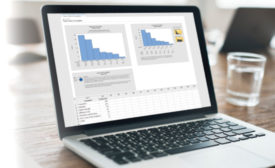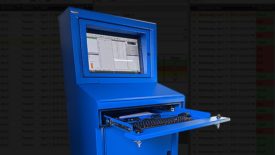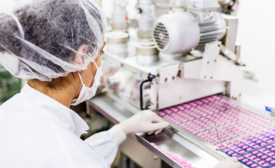Home » Keywords: » data analysis
Items Tagged with 'data analysis'
ARTICLES
From the Editor | Darryl Seland
Discriminating thoroughness.
Read More
Software & Analysis
Ramp up Data Management to Ramp up Production
Sustained success hinges on the effectiveness of the data management tools used to monitor and maintain product quality.
August 24, 2023
Software & Analysis
AI for Data Collection is Here!
Artificial Intelligence will change the complete environment of data collection, data analysis, and real-time action.
June 30, 2023
From Good to Great: Why Manufacturers Must Monitor Their Continuous Improvement Processes
The Benefits of Tracking Progress and Adapting to Change in a Competitive Marketplace
April 3, 2023
Vision & Sensors | Machine Vision 101
System Integration: Consolidating Vision Systems into the Manufacturing Process
Complex machine vision inspection systems have become a key component of the manufacturing process.
March 17, 2023
How Manufacturers Control Processes Through Real-time Monitoring Software
Real-time monitoring software monitors and tweaks processes based on performance.
November 7, 2022
Sponsored Content
Takeda Boosts Drug Production with the Help of Machine Learning Models
November 4, 2022
Sponsored Content
Minitab Releases Industry Insurance, MSA, and Sample Size Modules
November 4, 2022
Stay in the know with Quality’s comprehensive coverage of
the manufacturing and metrology industries.
eNewsletter | Website | eMagazine
JOIN TODAY!Copyright ©2024. All Rights Reserved BNP Media.
Design, CMS, Hosting & Web Development :: ePublishing










